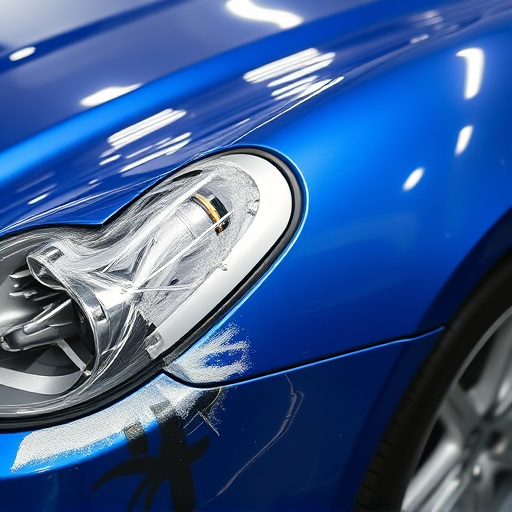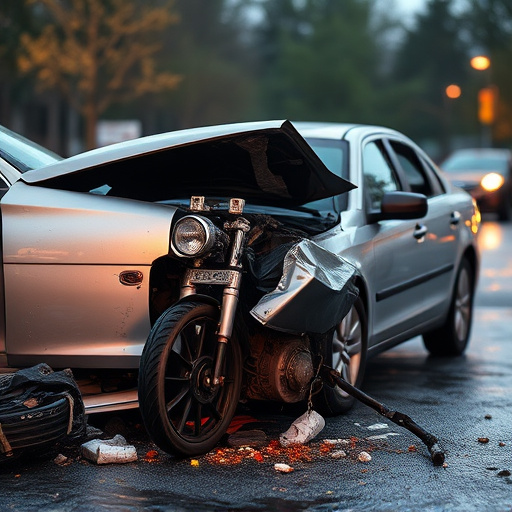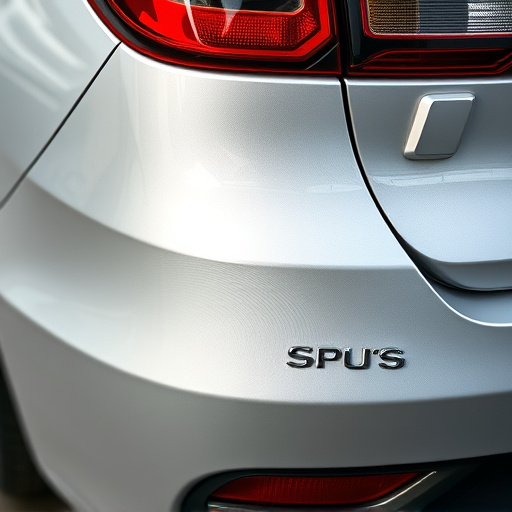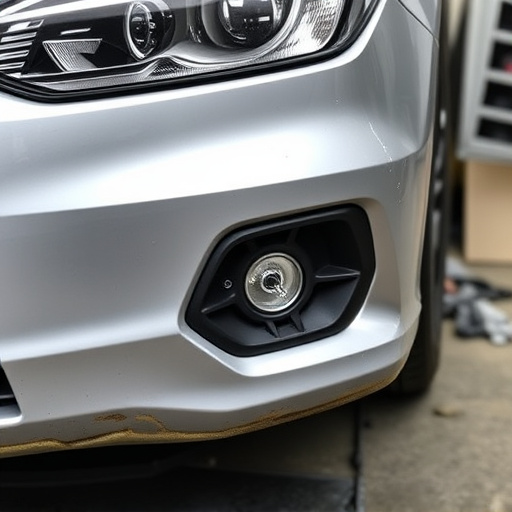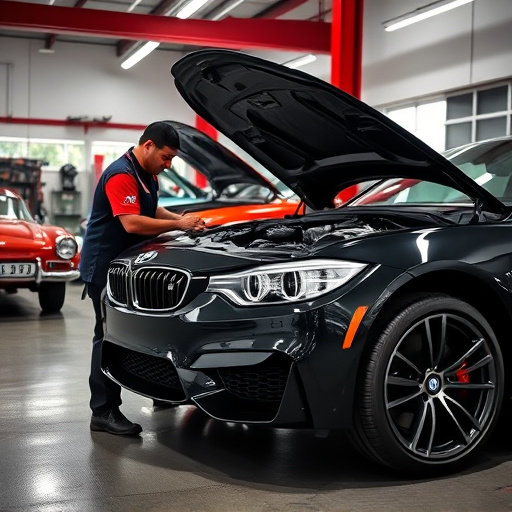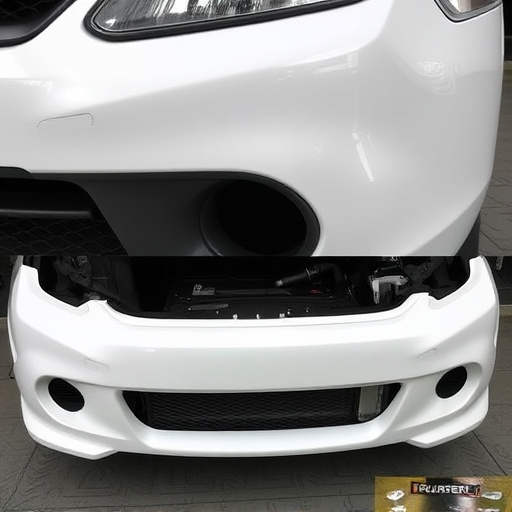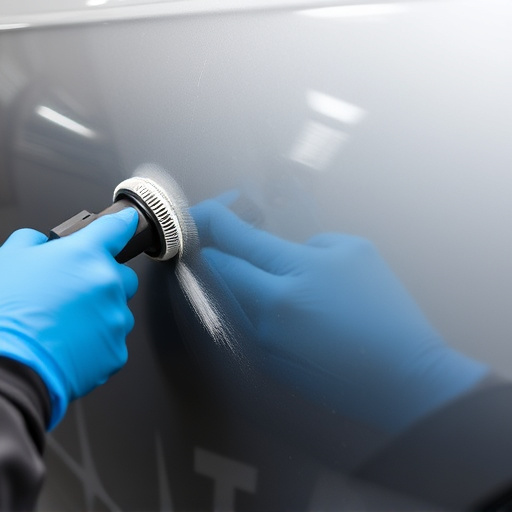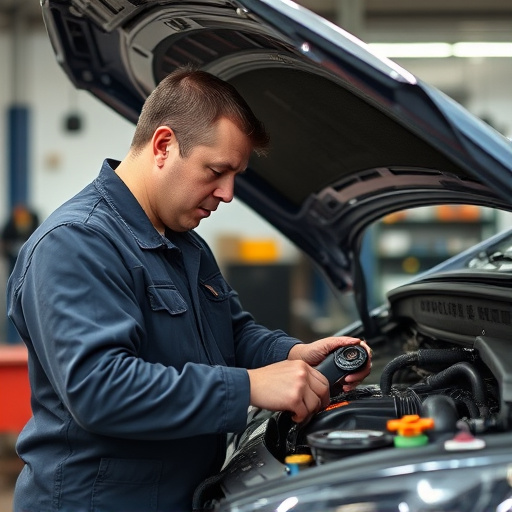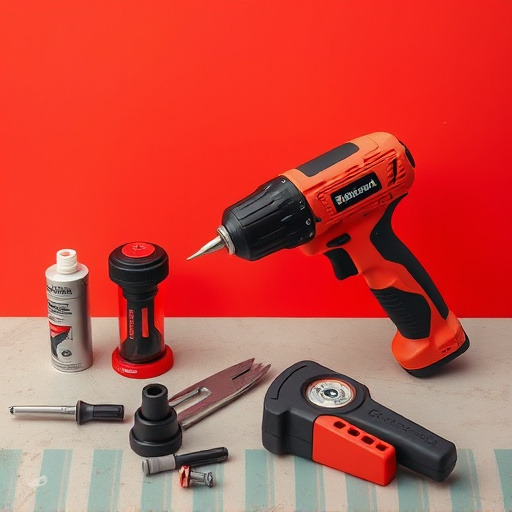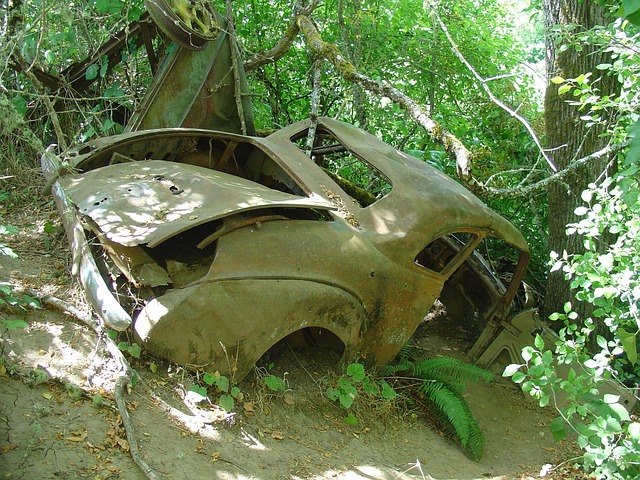3D vehicle scanning is a cutting-edge technology creating accurate digital twins of vehicles using laser scanners and cameras, revolutionizing industries from automotive manufacturing to restoration by offering precise inspections, damage assessments, and efficient processes for dent repair, painting, and customization.
“Discover the revolutionary power of 3D vehicle scanning in this comprehensive guide. From its core concept to cutting-edge applications, we demystify this transformative technology. Learn how 3D vehicle scanning is unlocking new possibilities across various industries, enhancing efficiency, and driving innovation.
Explore the underlying technology, understand its working principles, and uncover diverse use cases that are reshaping the future of automotive and beyond. Get ready to navigate the exciting world of 3D vehicle scanning.”
- Unlocking the Potential: What is 3D Vehicle Scanning?
- Technology at Work: How Does it Function?
- Applications and Benefits: Transforming Industries.
Unlocking the Potential: What is 3D Vehicle Scanning?
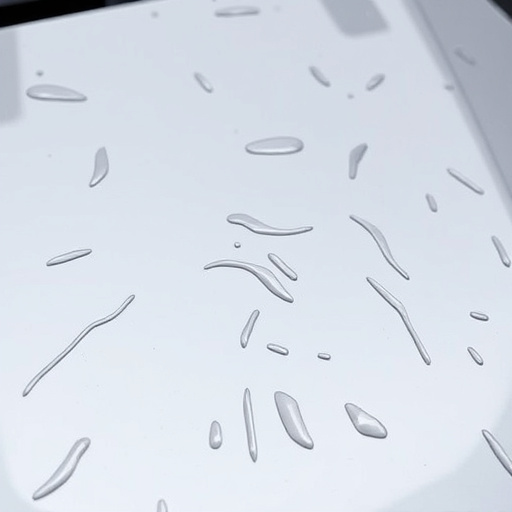
Unlocking the Potential: What is 3D Vehicle Scanning?
3D vehicle scanning is a revolutionary technology transforming the automotive industry, offering unprecedented precision and efficiency in various applications. This advanced process involves capturing detailed digital representations of vehicles using specialized equipment, such as laser scanners or high-resolution cameras. By generating accurate three-dimensional models, it provides an innovative solution for everything from automotive repair and car scratch repair to dent repair and customization.
The potential of 3D vehicle scanning lies in its ability to capture every curve, contour, and detail of a vehicle’s exterior. This level of precision enables experts to perform detailed inspections, compare vehicles’ conditions over time, and even create exact replicas for restoration or custom modifications. With its versatility, this technology is becoming an indispensable tool in the industry, ensuring higher accuracy, reduced human error, and faster turnaround times in various automotive processes.
Technology at Work: How Does it Function?

The process of 3D vehicle scanning involves advanced technology that captures detailed digital representations of vehicles, offering a multitude of benefits across various industries. This innovative method utilizes specialized equipment, such as 3D laser scanners and high-resolution cameras, to create precise 3D models. The scanner emits a series of light beams that bounce off the vehicle’s surface, creating millions of data points that are then processed to form a comprehensive digital twin.
This technology is particularly valuable in classic car restoration, where every curve and detail needs meticulous attention. It aids tire services by providing accurate measurements for custom fitting, ensuring perfect alignment. Moreover, 3D scanning streamlines dent removal processes, allowing professionals to identify and precisely repair even the subtlest of imperfections, bringing vehicles back to their original gleam.
Applications and Benefits: Transforming Industries.

The applications of 3D vehicle scanning are vast and transforming industries worldwide. It’s a game-changer in various sectors, from automotive manufacturing to auto repair shops and even the arts. This technology enables precise digital replication of vehicles, facilitating detailed inspections, damage assessments, and quality control during production or post-accident scenarios.
3D vehicle scanning offers numerous benefits. For instance, in car dent removal, it helps technicians accurately identify and measure imperfections, ensuring efficient and precise repairs. In auto painting, the process aids in color matching and finish analysis, leading to higher-quality paint jobs. Moreover, 3D scanning streamlines the design and prototyping process for custom vehicle modifications, catering to individual preferences and market trends.
3D vehicle scanning is no longer a futuristic concept but an integral technology transforming various industries. By providing detailed digital models, it offers unparalleled precision in design, manufacturing, and maintenance. As this technology continues to evolve, its applications will only expand, revolutionizing how we approach vehicle-related tasks and ensuring a more efficient and accurate future.
